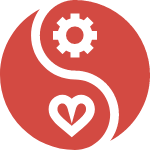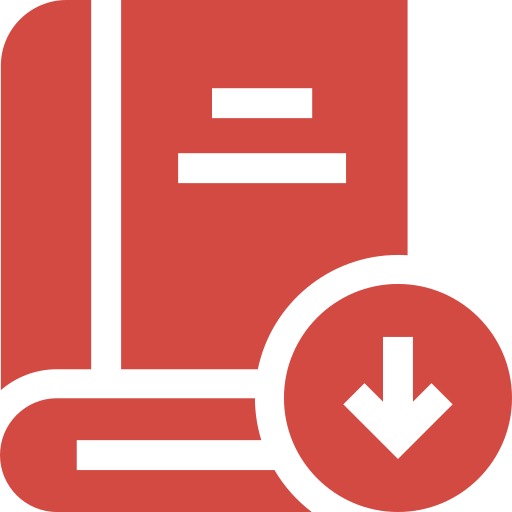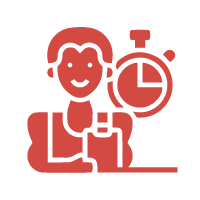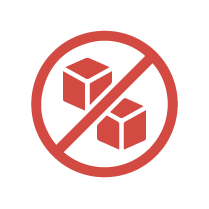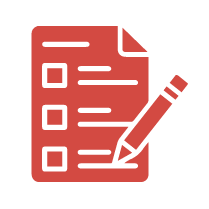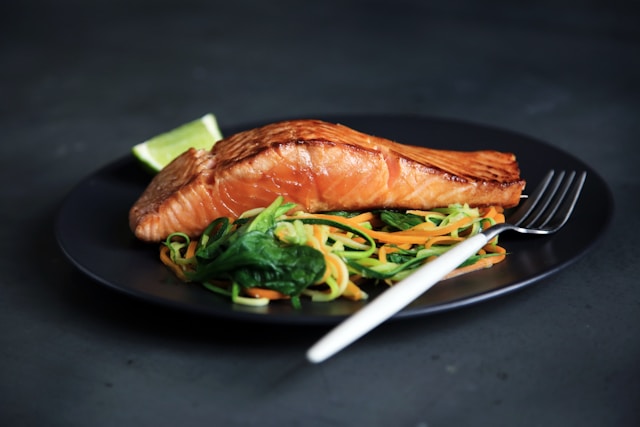HOW COUNTING PROTEIN CAN TRANSFORM YOUR BODY
Why Protein Matters in Weight Loss
Protein is more than just a macronutrient—it’s a powerhouse for weight management. Here’s why:
Boosts Metabolism
Protein has a higher thermic effect compared to fats and carbohydrates, meaning your body burns more calories digesting it. This can give your metabolism a small but significant boost.
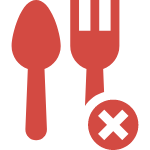
Reduces Appetite
Protein-rich foods help you feel fuller for longer by reducing levels of the hunger hormone ghrelin and boosting levels of peptide YY, a hormone that makes you feel satiated. This can lead to fewer cravings and a lower overall calorie intake.

Preserves Muscle Mass
When you lose weight, you’re not just losing fat—your body also sheds muscle. A higher protein intake helps preserve muscle mass during weight loss, which is crucial for maintaining a healthy metabolism and avoiding the "skinny fat" syndrome.
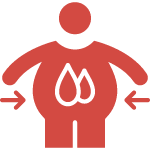
Enhances Fat Loss
Studies show that diets higher in protein are more effective at reducing abdominal fat, a dangerous type of fat linked to various health issues.
How Much Protein Do You Need?
3 critical protein mistakes you never want to make.
1. Not checking for fat content : factor the non-protein macros into your daily numbers!
2. Eating incomplete proteins: Protein needs to have all 9 essential amino acids to be useful to the body, whether that means getting it from a complete source or combining two foods that have complementary amino acids
3. Not eating your protein intake evenly throughout the day: The human body can’t process a full day’s worth of protein at once! For example, eating a low-protein breakfast and lunch followed by a protein-heavy dinner will not give you the same results as splitting the same amount equally across several smaller meals. Gradual absorption throughout the day is key to making the most out of your protein intake.
How to Count Protein
Counting protein doesn’t have to be complicated. Here’s a simple approach: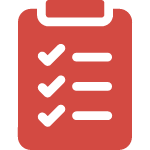
Start with a Plan
Identify your protein goals based on your weight and activity level. You can use a nutrition app to set and track these goals.

Read Labels
Pay attention to the nutrition labels on foods. Look for the grams of protein per serving and adjust your portions to meet your daily target.

Incorporate Protein-Rich Foods
Include high-protein foods in every meal. Examples include lean meats (chicken, turkey, beef), fish, eggs, dairy products, legumes, and plant-based sources like tofu and quinoa.
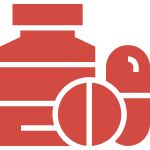
Consider Supplements
Keep track of how your body responds to your protein intake. Are you feeling more satiated? Losing fat while maintaining muscle? Adjust your intake if necessary.

Monitor Progress
If you struggle to meet your protein needs through food alone, protein supplements like shakes or bars can be a convenient option.
Sample High-Protein Meal Plan
Here’s a simple meal plan to help you reach your protein goals:
Lunch: Grilled chicken salad with quinoa and mixed greens (40g protein)
Snack: Greek yogurt with almonds (20g protein)
Dinner: Baked salmon with steamed broccoli and sweet potatoes (45g protein)
Evening Snack: Cottage cheese with a handful of berries (15g protein)
Total Protein: 150g
Conclusion
Start counting your protein today, and watch how it transforms your weight loss journey!









